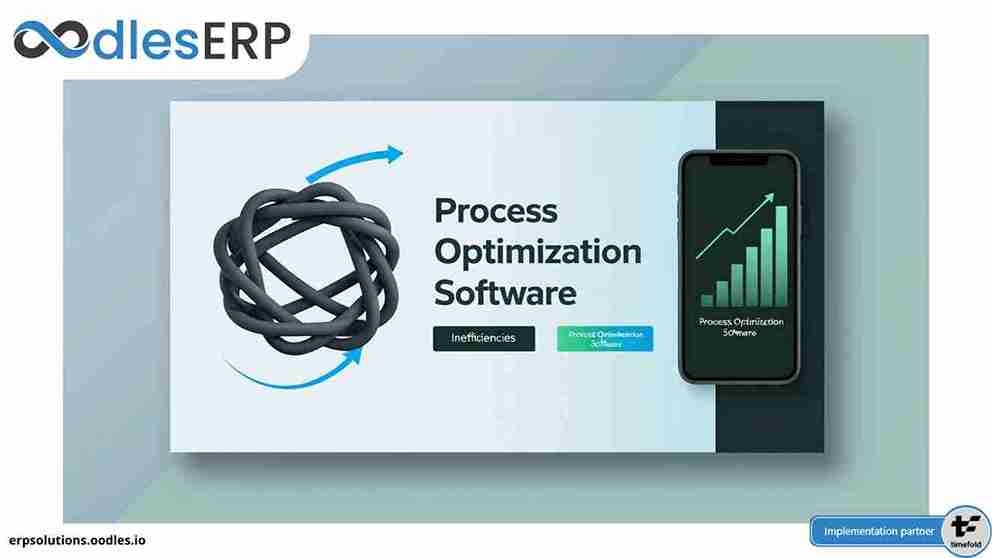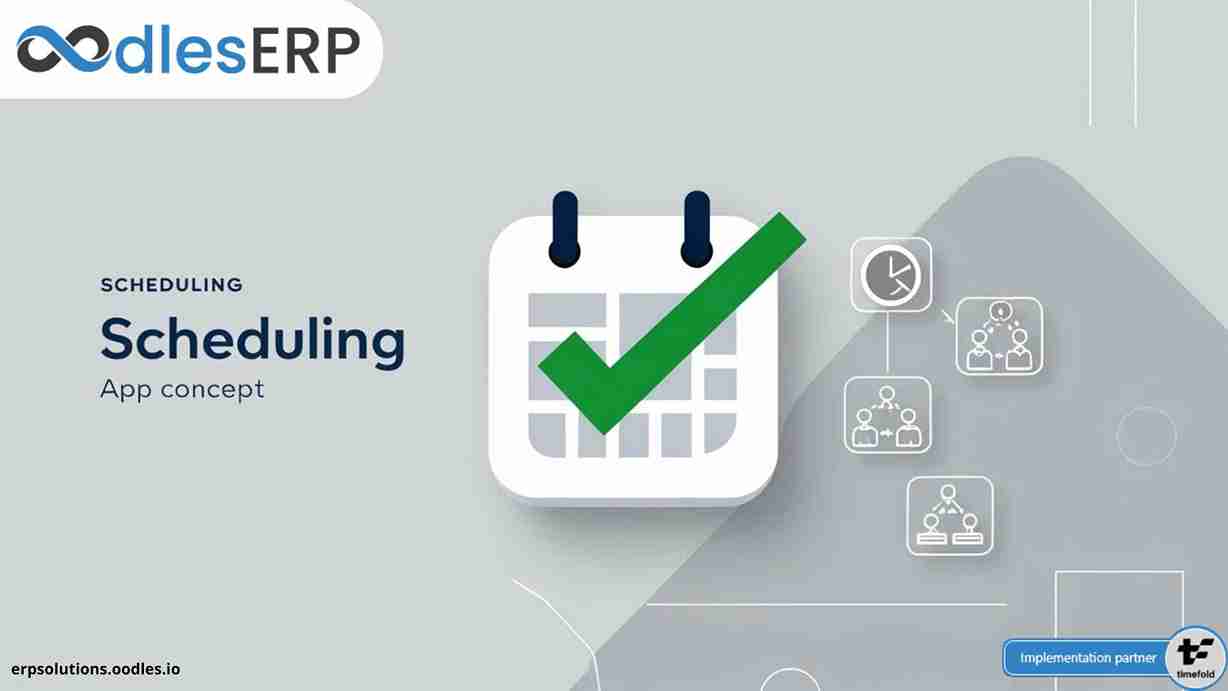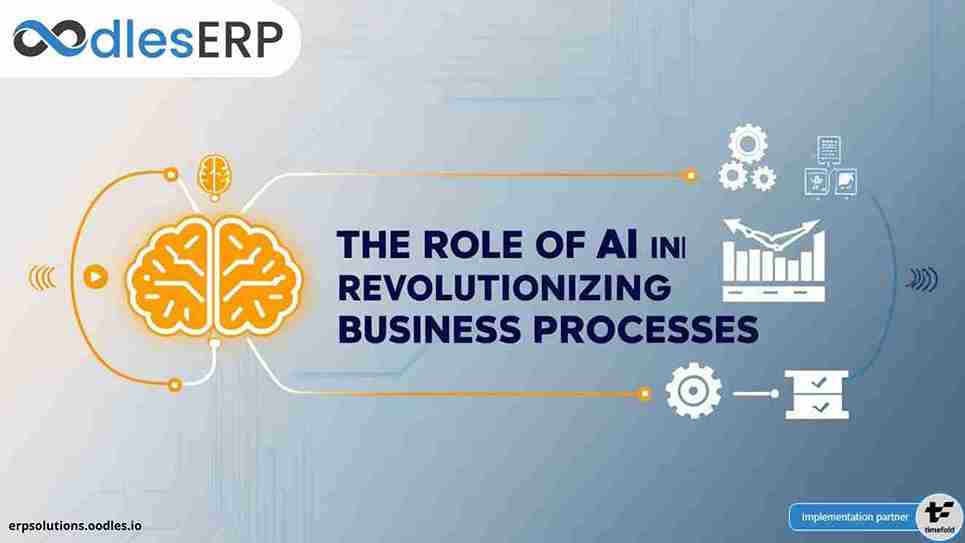A warehouse management software caters to tracking, controlling, and processing the stock and movement of products. It oversees the inventory, storage, classification, allocations, shipments, warehouse capacity, cross-docking, and utilization of equipment. It may manage a single warehouse or different levels of warehouses in accordance with distribution networks. With its broad spectrum of capabilities, it not only helps in managing various processes in the supply chain but is integrated with business intelligence and analytics tools. Warehouse management software thus gives enterprises the ability to fine-tune and optimize various warehouse operations. It is thus a prerequisite for SCM development solutions to have a WMS for efficient and seamless functioning of the supply chain. Let’s look at the features, time, and cost of development and the benefits of employing warehouse management software.
Development time and cost
While on-premise solutions may cost a fortune to MSMEs, the emergence of SaaS-based solutions have significantly lowered implementation costs for WMS. Along with lowering the cost, SaaS systems come with greater flexibility in update and maintenance as the vendor handles these. Starting from a 100$ per month for basic installation and functionality, the cost can go up to about 500$ per user per month. The development time may vary from 200 to 400 hours depending upon how advanced the capabilities are.

Features of Warehouse Management Software
Supervised Inbound and Outbound processes
With the help of IoT devices connected to a central cloud database, WMS systems are equipped with the tools to supervise and schedule the movement of commodities in the supply chain. From managing shipping, picking, and packing, it also handles scheduling, value-added services, and product lifecycle management.
More Reads: Creating Smart Warehouses with IoT enabled Devices
Order Management
WMS enhances order management and fulfillment by controlling the flow of a product through the warehouse. With strategically routed carrier networks, inventory management, and AI-based stock alerts, WMS streamlines order management for current and future orders.
Analytics and Tracking
WMS software merges business intelligence with warehouse management solutions using tools like real-time tracking to maintain inventory, analytics to forecast demand, and workflow management for organizing and improving key business processes. Also, multi-location tracking and multi-language support help support international shipping operations.
Data Backup and Integration
Most WMS is integrated into a bigger ERP architecture. Having a secure, cloud-based database, ERP systems ensure that all integrated applications have a single, data reservoir. This takes care of data integrity across the organization, data back up, and security. Being part of an ERP, WMS can also be integrated with a workforce management system to ensure workforce planning is in sync with warehouse operations scheduling.
You may also like: Optimize Warehouse Operations with ERP Software
More reads: AI-powered Workforce Management
Interactive Dashboard
WMS comes equipped with an interactive dashboard for both management and staff to access schedules, tracking information, support, and more. A user-friendly dashboard makes the warehouse management software easy to adopt.
Benefits of Employing a Warehouse Management Software
Warehouse management services caters to wide-ranging supply chains, and its benefits are numerous too. Lets list of a few:
1. It has an intuitive design as it is powered by self-learning algorithms, predictive analytics, mobility, and chatbots.
2. It can be easily integrated into the ERP and is, in itself, a suite of applications that support different processes.
3. It allows a central, role-based control over data access and real-time implementation of decisions.
4. As routing and scheduling are based on ML-based forecasting, shipment and delivery do not come across many operational hurdles.
5. It’s a go-to software for managing supply chains owing to the automation of complex processes based on huge datasets.
6. It makes the supply chain cost-efficient by optimizing all resources and processes.
We are an ERP development company with an objective of augmenting enterprises with robust software solutions powered by the latest technologies. Our development teams work relentlessly to custom develop software solutions for SCM, WFM, HRM, CRM, Finance, Accounting, and eCommerce operations for maximum returns. Get in touch with us for implementing warehouse management software with our ERP software solutions.









